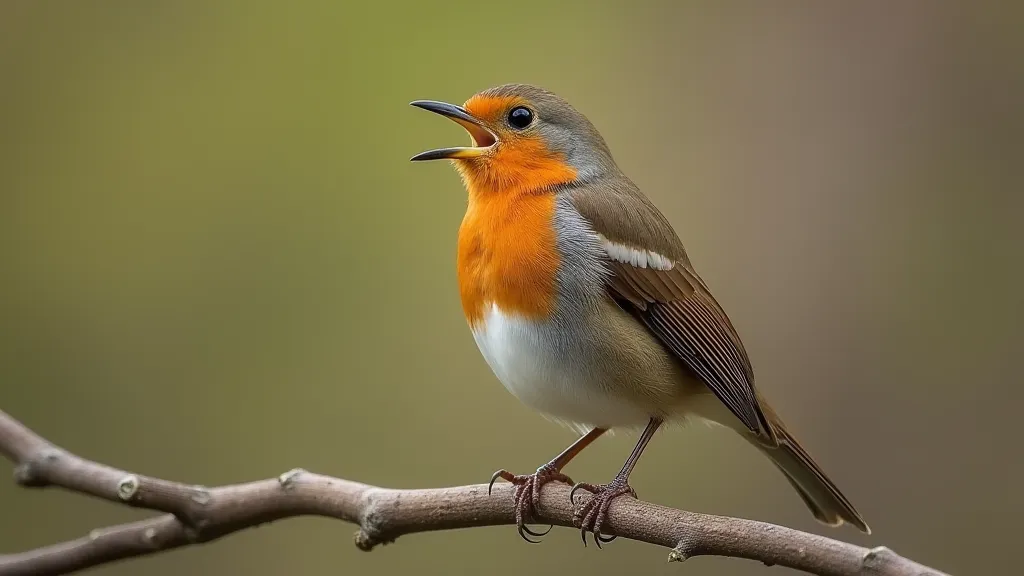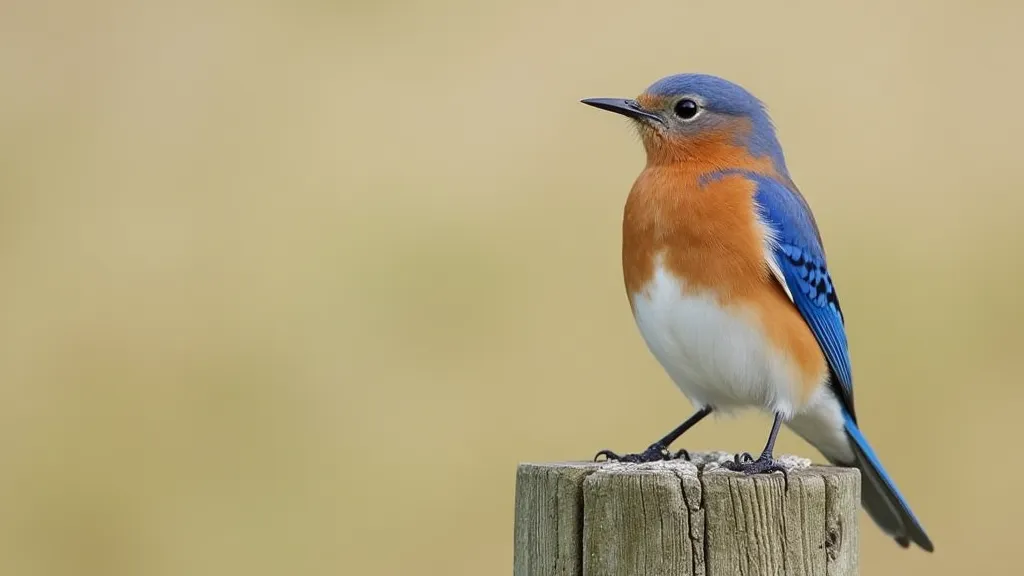Identifying Songbirds: A Beginner’s Ear Training
Welcome to the wonderful world of bird song! While visual identification is important for bird watching, learning to recognize birds by their calls and songs opens up a whole new dimension of the hobby. It’s surprisingly achievable, even for complete beginners. This guide will provide a foundational approach to ear training and introduce you to some common songbird vocalizations you’re likely to hear.
Why Learn Bird Songs?
Beyond the sheer enjoyment of it, identifying birds by song has several benefits:
- Detecting Hidden Birds: Many birds are elusive and stay hidden in dense foliage. Their songs are often your only clue to their presence.
- Expanding Your Identification Skills: Knowing a bird’s song can often confirm an identification when a visual sighting is fleeting or difficult.
- Connecting with Nature: Understanding the sounds of your local birds fosters a deeper appreciation for your environment.
Basic Techniques for Ear Training
1. Start with the Familiar
Don't try to learn everything at once! Begin with the birds you see and hear most frequently in your local area. Focus on identifying 2-3 birds per week. Once you’re comfortable with those, move on to others.

2. Use Audio Resources
Several online resources are invaluable for learning bird songs:
- Xeno-canto: (Mention site without link, as per instructions) A massive database of bird recordings from around the world.
- The Cornell Lab of Ornithology’s All About Birds: (Mention site without link, as per instructions) Offers audio clips and descriptions of bird songs.
- Bird Song Apps: Many excellent apps for iOS and Android offer recordings and quizzes.
3. Mnemonic Devices and Descriptions
Bird songs are often described using human-like terms. For example, the White-throated Sparrow's song is often described as “Old Sam Peabody, Peabody, Peabody.” Pay attention to these descriptions – they can be incredibly helpful.
4. Practice Regularly
Like any skill, ear training requires consistent practice. Even 15-20 minutes a day can make a significant difference.
Common Songbirds to Learn
Here's a brief introduction to some common songbirds and their distinctive vocalizations. (Remember to use audio resources to accompany this list!)
- American Robin: Known for its cheerful, whistling song. Often described as "cheerily, cheer up, cheerily."
- Northern Cardinal: The male's song is a series of whistles, often repeated.
- House Finch: A jumbled, warbling song with a distinct "phoo-bee" sound.
- Carolina Wren: A rapid, complex series of trills and whistles.
- Eastern Bluebird: A melodic, flute-like song.


Tips for Success
- Minimize Distractions: Find a quiet place to listen.
- Record Your Observations: Keep a notebook to record the birds you hear and your initial impressions of their songs.
- Go Birding with Experienced Birders: Learning from others is a great way to improve your skills.
- Be Patient! It takes time and practice to develop a keen ear for bird song.
Enjoy the journey of learning to identify birds by their songs! It’s a rewarding and enriching experience.






